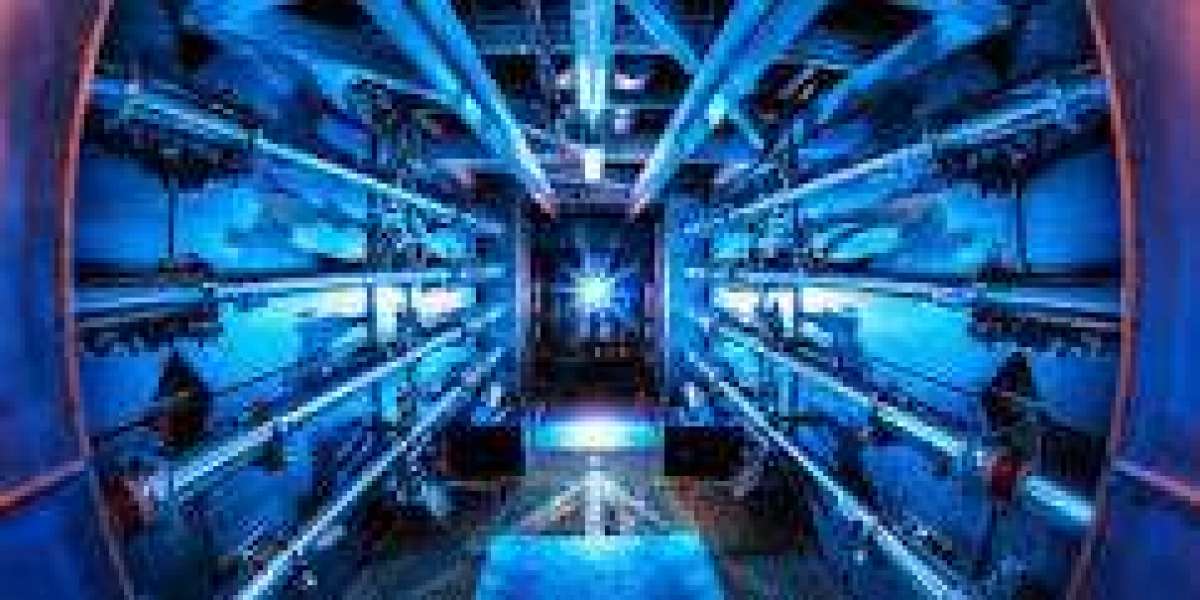Search
Popular Posts
-
 Nollywood Actor Chinedu Ikedieze (Aki) Announces Separation and New Marriage
By Ore Paul
Nollywood Actor Chinedu Ikedieze (Aki) Announces Separation and New Marriage
By Ore Paul -
 Unlocking the Power of Google Drive Search: Introducing De Digger
Unlocking the Power of Google Drive Search: Introducing De Digger
-
 Tổng hợp 10 thế mai vàng đẹp, ý nghĩa phong thủy ngày Tết
By tt140403
Tổng hợp 10 thế mai vàng đẹp, ý nghĩa phong thủy ngày Tết
By tt140403 -
Mastering the 1.25 Asian Handicap: A Comprehensive Guide to Strategic Football Betting
By hennesy -
 Carlo Ancelotti Unveils Defensive Strategy That Helped Real Madrid Eliminate Manchester City in Champions League Quarter
By Ore Paul
Carlo Ancelotti Unveils Defensive Strategy That Helped Real Madrid Eliminate Manchester City in Champions League Quarter
By Ore Paul



